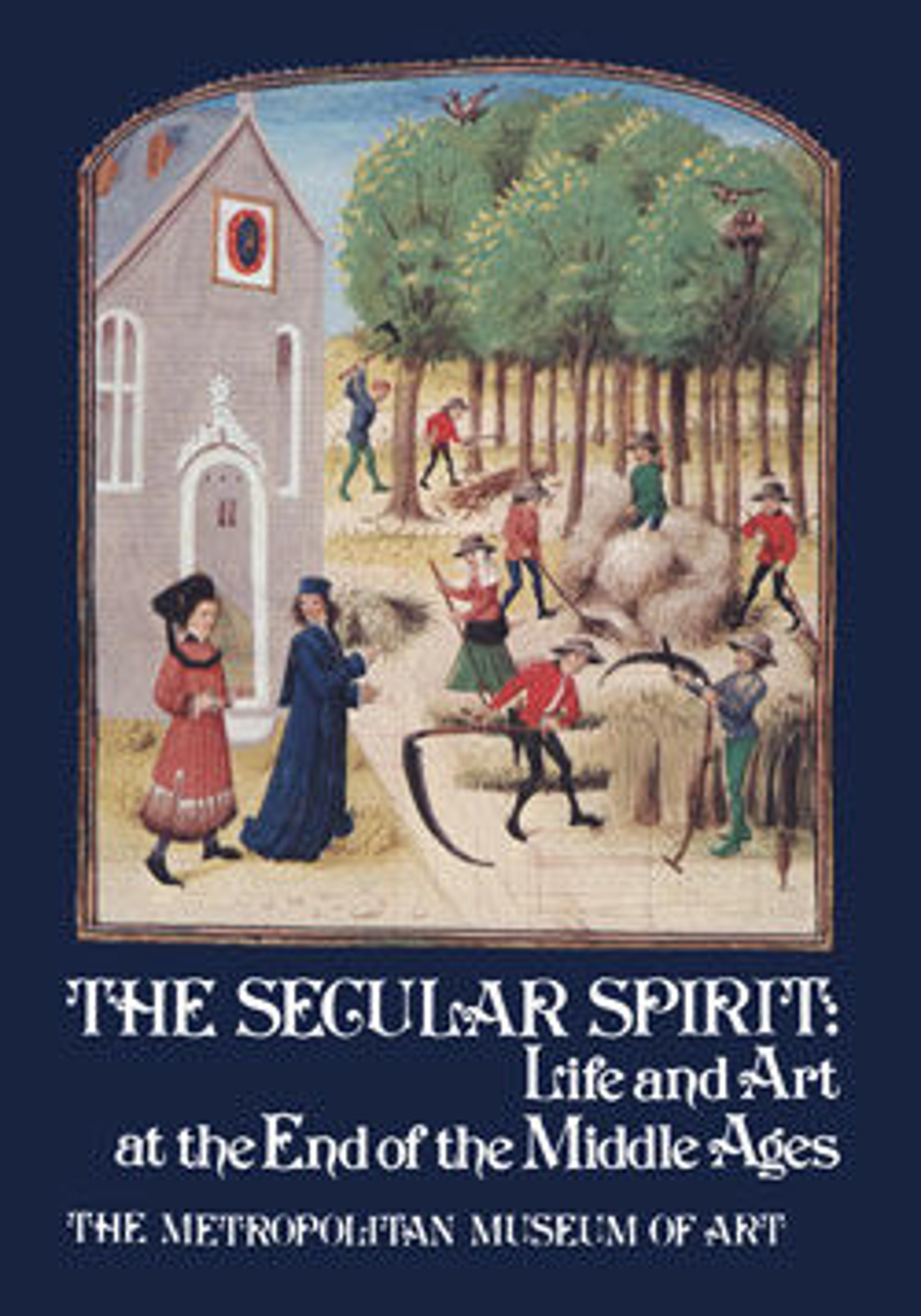Book Box
During the Norman rule of the eleventh century, southern Italy, particularly Salerno and its neighboring cities, developed, under Arabic influence, into a major center of medieval studies. By the twelfth century, much of the extant medieval knowledge had been complied in alphabetical compendia, which served as a basis of knowledge for the ensuing centuries of the Middle Ages. While the compendia, herbals, and the like reflected a considerable scientific knowledge, medical practices were still influenced by superstitions, horoscopic prognostications, and traditional remedies. Consequently, late medieval texts in common usage were mixtures of scientific and fallacious information. The widely circulated Gart der Gesundheit was typical, containing herbal cures of demonstrated medicinal value, some of which are still in use today, as well as more fantastic compounds such as ground unicorn horn, considered a universal cure. Nonetheless, these books were valued highly, and fitted leather cases to protect them were not unusual. While this example is too small to have held a complete herbal or compendium, the inscription: MEDIXINA VIRTU VIVE ("live by the virtue of medicine") does indicate it was used to hold a medical text of some sort. Practitioners often attached such cases to their belts as they traveled about calling on their patients.
Artwork Details
- Title: Book Box
- Date: 15th century
- Culture: Italian
- Medium: Cuir bouilli (tooled leather), polychromy
- Dimensions: Overall: 6 3/8 x 6 1/2 x 1 3/4in. (16.2 x 16.5 x 4.4cm)
- Classification: Leatherwork
- Credit Line: Gift of Mrs. Harry G. Friedman, 1952
- Object Number: 52.131a, b
- Curatorial Department: Medieval Art and The Cloisters
More Artwork
Research Resources
The Met provides unparalleled resources for research and welcomes an international community of students and scholars. The Met's Open Access API is where creators and researchers can connect to the The Met collection. Open Access data and public domain images are available for unrestricted commercial and noncommercial use without permission or fee.
To request images under copyright and other restrictions, please use this Image Request form.
Feedback
We continue to research and examine historical and cultural context for objects in The Met collection. If you have comments or questions about this object record, please complete and submit this form. The Museum looks forward to receiving your comments.
